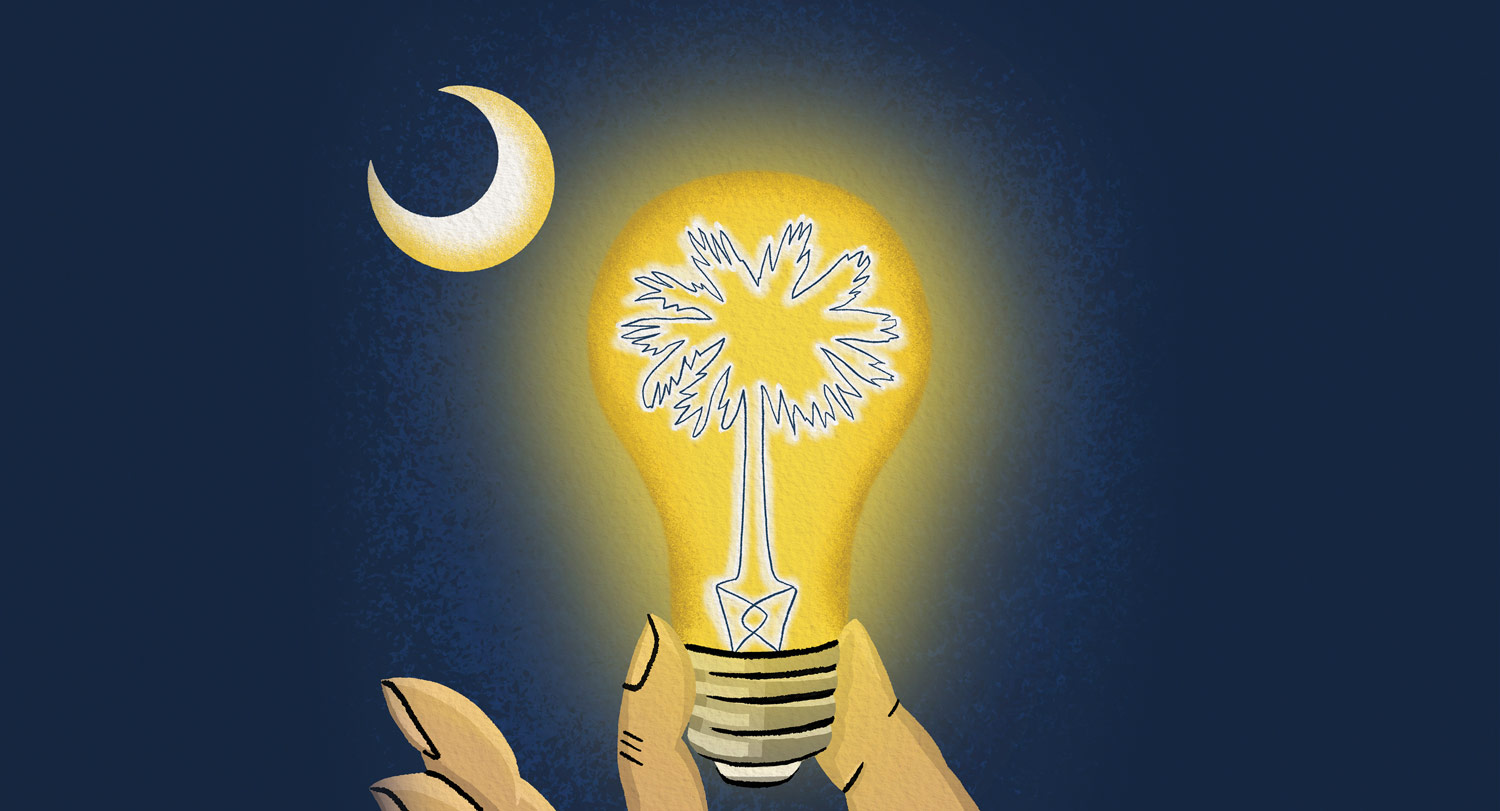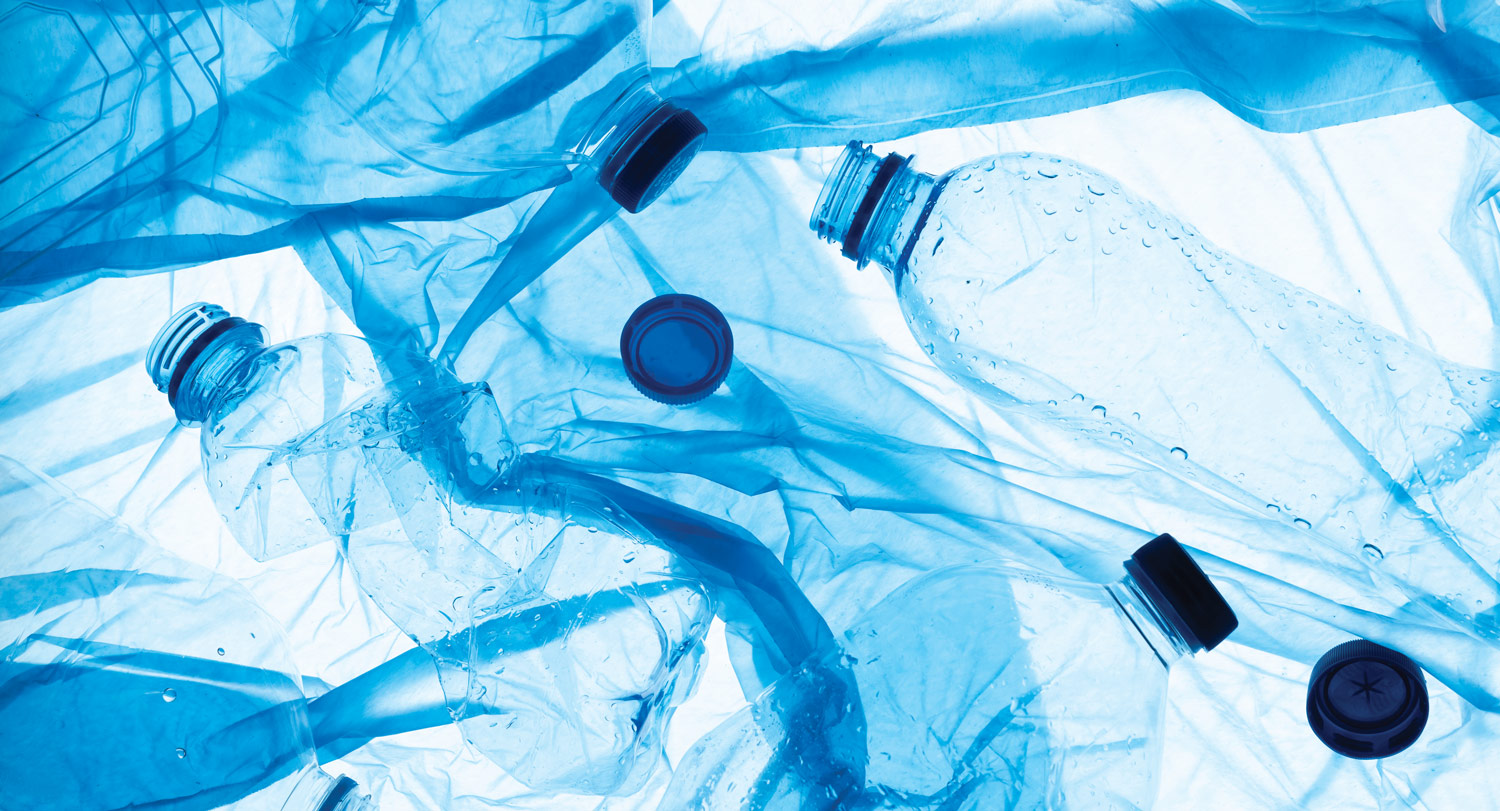
Breakthrough Research
The University of South Carolina’s researchers make discoveries that promote innovation, and their contributions reverberate far and wide. So do their stories.
Breakthrough is a place to celebrate the impact of the university’s brightest scholars, from the graduate student studying cancer-fighting compounds to the world-renowned expert transforming a discipline.
Breakthrough is published two times a year by the Office of the Vice President for Research and is distributed to all tenured, tenure-track and clinical faculty as well as research associates. Highlights from the magazine can be found here.

Programmable Plastic
USC chemist leads new NSF center focused on developing sustainable, eco-friendly plastics.

Fungal Frequencies
As fungal pathogens grow, they exert force, causing a mechanical transformation that has unique acoustic signatures. And while these signatures can’t be heard by the human ear, they can be seen by researchers in the Molinaroli College of Engineering and Computing. A team in mechanical engineering professor Sourav Banerjee’s Integrated Material Assessment and Predictive Simulation (i-MAPS) laboratory used a Scanning Acoustic Microscope to study Aspergillus parasiticus, seen here. A fungus commonly found on corn, peanuts and other crops, A. parasiticus can be dangerous to humans — it produces aflatoxin, a highly carcinogenic substance known to cause liver cancer.




